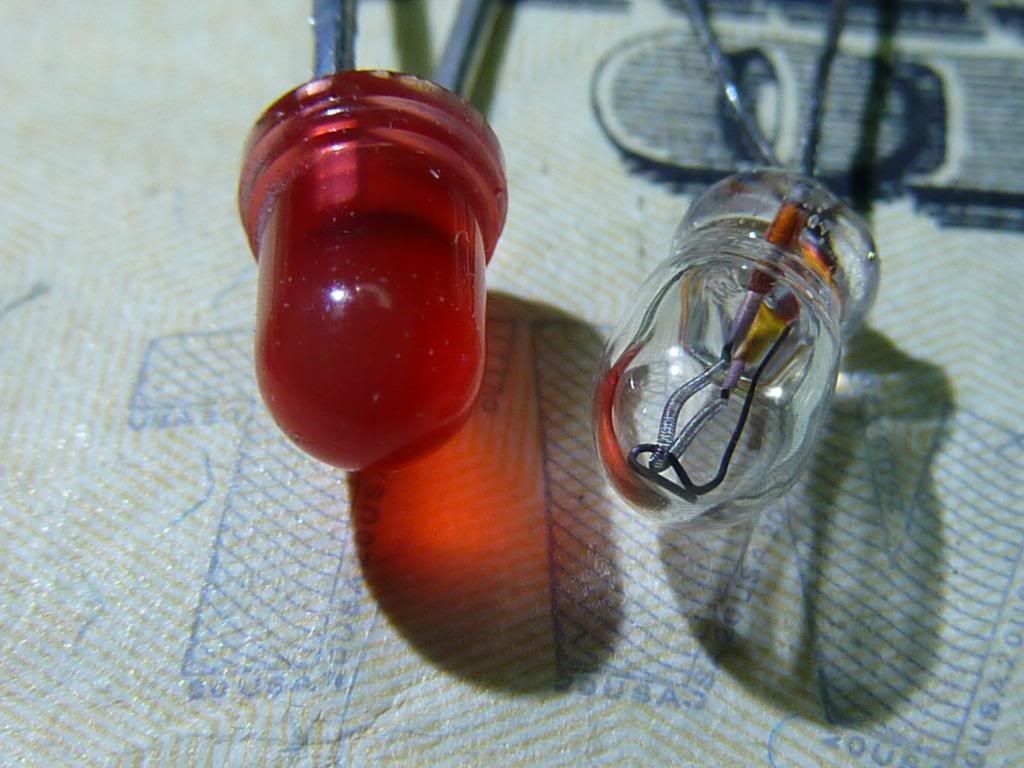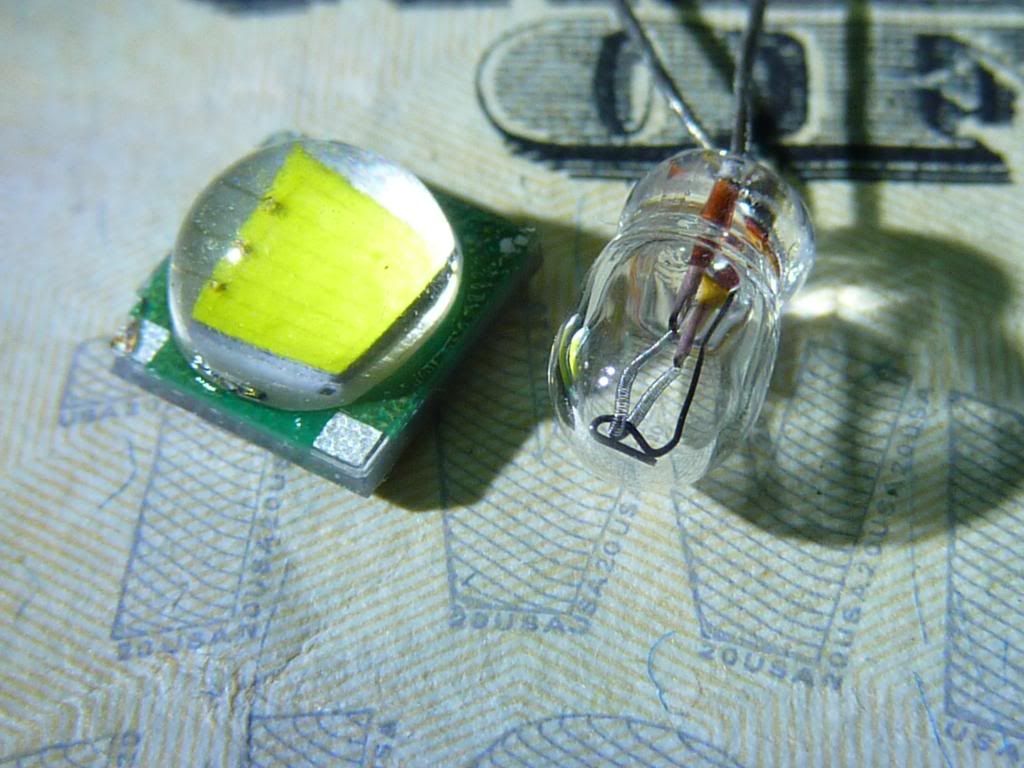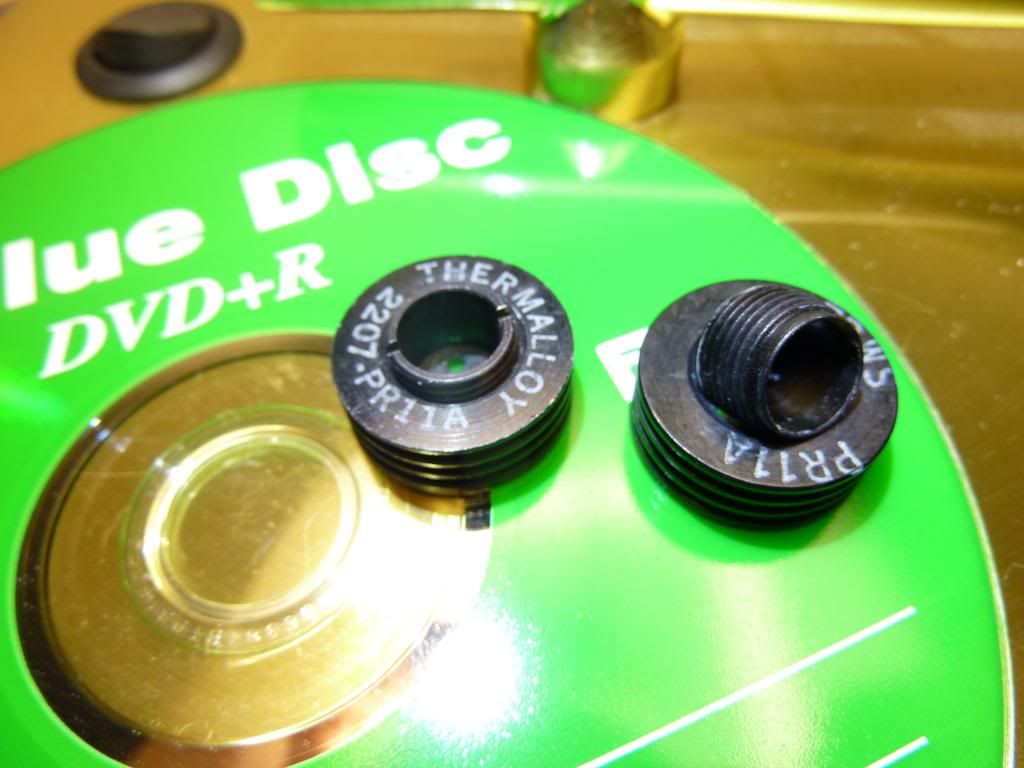I came across a bunch of old stuff that I had forgotten about. In their day, they were quite popular. If anyone finds this interesting, I will post a pic once in awhile. First up. Does anybody know or remember what this is?

Here i is next to something that is a little more familiar.

And next to an XM-L


Guess what it is and I will post a pic of something else.
look like a bulb from my mother ironing ![]()
An incandescent at that. What I should be asking is what was (is) it known by.
These can still be purchased.
I don’t know what you call those little light bulbs.
When I was little, I always got very excited about buying miniature bulbs at the hobby store.
Thank you for reminding me of that, beautiful pictures! ![]()
very tiny incan. ![]()
That’s like the bulbs used in backlit displays. I have some that are smaller than 3mm LED lighting one display. It reminds me too of EL backlights which were also quite common.
Yes, they were used in a lot of the items you all mention. Medical equipment, model railroad locomotives, panel lights…. But if you were to walk up to a counter at an electronic supply house, what would you ask for?
We knew them as “grain of wheat bulbs”.
firefly?
rice?
wheat?
Reminds me of the neon bulbs found in the old type of voltage testers that glowed orange
How old are you Allan?
These bulbs were used back when there was no other option for a very small light source.
These bulbs are not to be confused with a “Wheat Lamp”, named after it’s inventor, Grant Wheat.
Those lamps were designed for underground mining. Here is the Wikipedia Article on the Wheat Lamp.
Yes, this is a heat sink. The question is, were was the heat coming from and how was this used.
(I could be wrong, but I don’t think Google will help you on this one.)

Looks like a heat sink for TO-5 transistors…
Thats a heatsink for the bulb…?
I thought you might be the one to get it.
Before I posted that pic I searched the Internet as though I didn’t know what it was. I could find nothing. Congratulations on your voluminous knowledge.
I will post another tomorrow.
I also knew what a grain-of-wheat/rice bulbs was… :party:
Now what’s this little beastie (BTW, I’ve actual used them before)…

I like this thread.
texaspyro, is your lab full of lightning conductors, knife switches, oscilloscopes and rotary steam balance valves? and do you have an igor?
That looks like a mercury rectifier.
Sadly, I had not yet the opportunity to see one in real life.
However, It looks like a lightbulb designed by Benoit Mandelbrot :bigsmile:


I gotcha! ![]() That heatsink does sorta look like a pill for an LED! When I came across that the other day, that is EXACTLY what crossed my mind!
That heatsink does sorta look like a pill for an LED! When I came across that the other day, that is EXACTLY what crossed my mind!
The rules are, before someone can post another pic, the previous pic has to be identified.
